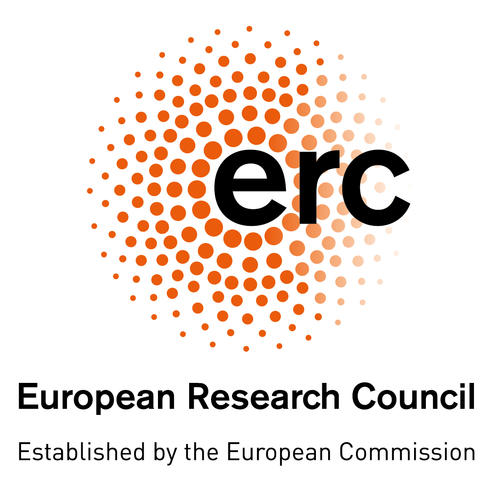Semantic Grounding of Novel Spoken Words in the Primary Visual Cortex
Max Garagnani, Evgeniya Kirilina, Friedemann Pulvermüller – 2021
Embodied theories of grounded semantics postulate that, when word meaning is first acquired, a link is established between symbol (word form) and corresponding semantic information present in modality-specific—including primary—sensorimotor cortices of the brain. Direct experimental evidence documenting the emergence of such a link (i.e., showing that presentation of a previously unknown, meaningless word sound induces, after learning, category-specific reactivation of relevant primary sensory or motor brain areas), however, is still missing. Here, we present new neuroimaging results that provide such evidence. We taught participants aspects of the referential meaning of previously unknown, senseless novel spoken words (such as “Shruba” or “Flipe”) by associating them with either a familiar action or a familiar object. After training, we used functional magnetic resonance imaging to analyze the participants’ brain responses to the new speech items. We found that hearing the newly learnt object-related word sounds selectively triggered activity in the primary visual cortex, as well as secondary and higher visual areas.These results for the first time directly document the formation of a link between the novel, previously meaningless spoken items and corresponding semantic information in primary sensory areas in a category-specific manner, providing experimental support for perceptual accounts of word-meaning acquisition in the brain.
AUTHOR={Garagnani, Max and Kirilina, Evgeniya and Pulvermüller, Friedemann},
TITLE={Semantic Grounding of Novel Spoken Words in the Primary Visual Cortex},
JOURNAL={Frontiers in Human Neuroscience},
VOLUME={15},
YEAR={2021},
URL={https://www.frontiersin.org/article/10.3389/fnhum.2021.581847},
DOI={10.3389/fnhum.2021.581847},
ISSN={1662-5161},
ABSTRACT={Embodied theories of grounded semantics postulate that, when word meaning is first acquired, a link is established between symbol (word form) and corresponding semantic information present in modality-specific—including primary—sensorimotor cortices of the brain. Direct experimental evidence documenting the emergence of such a link (i.e., showing that presentation of a previously unknown, meaningless word sound induces, after learning, category-specific reactivation of relevant primary sensory or motor brain areas), however, is still missing. Here, we present new neuroimaging results that provide such evidence. We taught participants aspects of the referential meaning of previously unknown, senseless novel spoken words (such as “Shruba” or “Flipe”) by associating them with either a familiar action or a familiar object. After training, we used functional magnetic resonance imaging to analyze the participants’ brain responses to the new speech items. We found that hearing the newly learnt object-related word sounds selectively triggered activity in the primary visual cortex, as well as secondary and higher visual areas.These results for the first time directly document the formation of a link between the novel, previously meaningless spoken items and corresponding semantic information in primary sensory areas in a category-specific manner, providing experimental support for perceptual accounts of word-meaning acquisition in the brain.}
}

